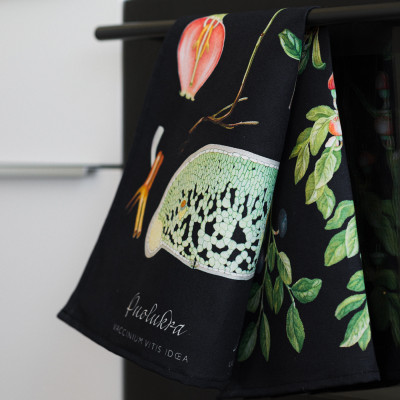No products available yet
Stay tuned! More products will be shown here as they are added.
Filter By
Reactive dyes attach to the textile fiber with a covalent bond, which is the strongest chemical bond. The color becomes part of the fiber and no extra chemicals remain in the fabric after pressure washing. Reactive dyes are the most used dye group in the dyeing of cotton and cellulose fibers.

No products available yet
Stay tuned! More products will be shown here as they are added.
Reactive dyes attach to the textile fiber with a covalent bond, which is the strongest chemical bond. The color becomes part of the fiber and no extra chemicals remain in the fabric after pressure washing. Reactive dyes are the most used dye group in the dyeing of cotton and cellulose fibers.
Part of the reactive dye reacts, hydrolyzes with water and may remain in the fabric between the fibers. This color mostly comes off in the pressure wash, but some remains on the fabric and comes off with home washing. For this reason, it is important to follow the sufficiently high temperature according to the washing instructions when washing at home, especially for the first few times. Similarly, soaking the fabric before the first home washes is not advisable. If the color transfers to non-printed areas when the fabric is soaked, it comes off by washing the product according to the care instructions, usually at 60°C.
Reactive dyes
+ good washing durability
+ does not affect the feel or fiber properties, the fabric is not no chemicals
+ bright colors
- requires a high-quality fabric, which usually must not contain any finishing agents
- lightfastness is mediocre, especially in red and black tones
Reactive colors in printing and printing require steaming, pressure washing at high temperature and finishing, i.e. the process is long and e.g. more expensive than pigment colors. The counterweight is bright and deep colors with good washing resistance and the feel properties of the fibers do not change.
Comparison of reactive and pigment dyes:

check_circle
check_circle
